Industry Unites Against 'Price Wars': Clear Path to Rectification!
![]() 06/06 2025
06/06 2025
![]() 466
466
On June 3, the China Automobile Dealers Chamber of Commerce (CADCC) issued a call to action, urging the entire automotive sector to resolutely reject "involutionary" competition, primarily manifesting as "price wars," in favor of fostering high-quality development within the dealership industry.
Barely a week prior, the China Association of Automobile Manufacturers (CAAM) released an "Initiative on Maintaining Fair Competition Order and Promoting the Healthy Development of the Industry," directly addressing the chain reaction triggered by a significant price reduction initiated by a prominent automaker on May 23. The Ministry of Industry and Information Technology (MIIT) swiftly voiced its support, emphasizing that "there are no winners in a price war, and there is no future in such tactics."
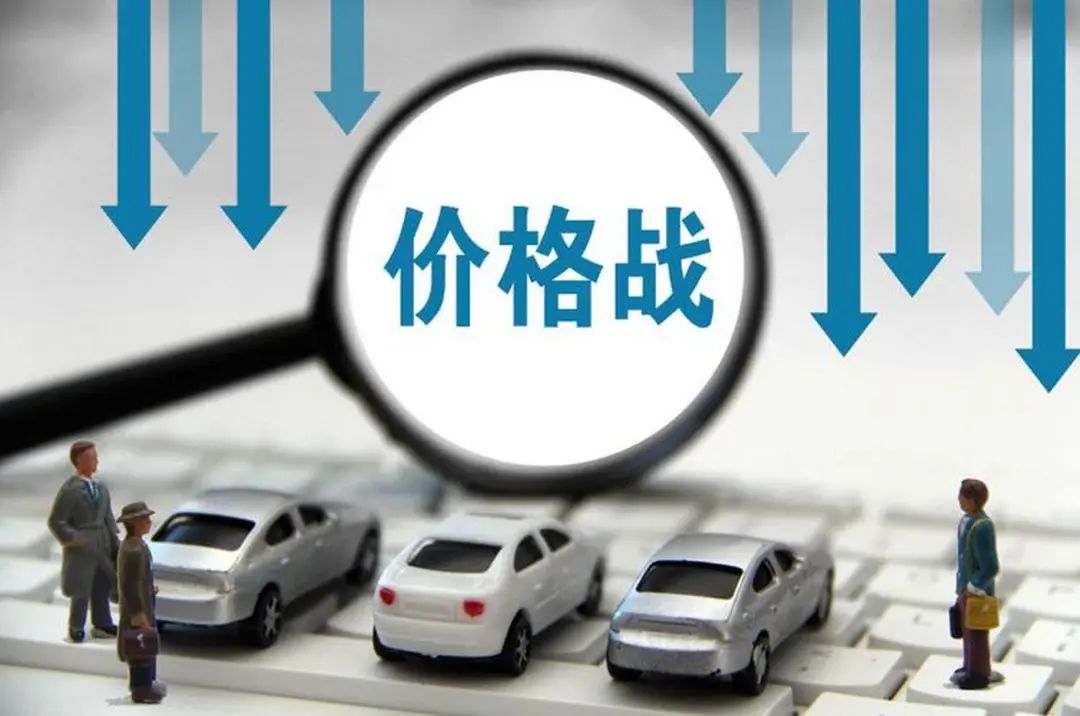
This marks the most concerted opposition to "price wars" ever witnessed in China's automotive industry, with three national organizations speaking out within a short span. Furthermore, reliable sources indicate that relevant departments have explicitly instructed state-owned automakers to refrain from engaging in this price war, effectively putting the brakes on this nascent wave of price reductions.
Industry Associations and Regulators Align in Opposition
Amidst unprecedented transformational pressures, China's automotive industry faces formidable challenges. The CADCC's June 3 initiative highlights that the dealership industry, as a vital link between manufacturers and consumers, grapples with escalating operational pressures, dwindling profitability, high inventory levels, and tight liquidity.
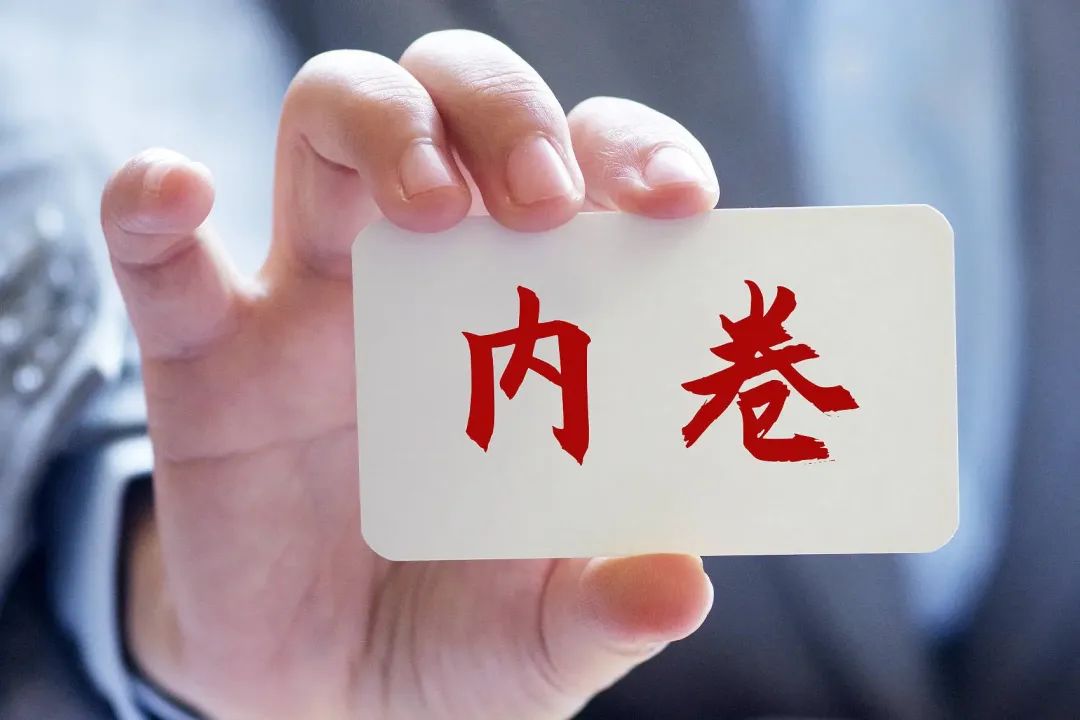
Particularly since the second quarter of this year, the situation has deteriorated under the impact of a fresh round of "price wars." This initiative echoes a similar statement by CAAM on May 31, which directly pointed out that a specific automaker's significant price reduction on May 23 sparked a chain reaction, with numerous enterprises following suit, fueling a fresh wave of "price war" panic.
Notably, MIIT responded swiftly. Following CAAM's initiative, MIIT officials unequivocally stated their commitment to "intensify efforts to rectify 'involutionary' competition in the automotive industry, promote industrial structure optimization and adjustment, strengthen product consistency spot checks, and collaborate with relevant departments to enforce anti-unfair competition laws."
Price Reduction Triggers and Their Ripple Effects
China's automotive market, with an overall size of 30 million vehicles (20 million being passenger vehicles), is grappling with persistent inventory challenges. Both new energy vehicles and conventional fuel vehicles, alongside domestic and joint venture foreign brands, are compelled to compete for market share through price wars—the most direct and effective strategy.
However, these price wars have set off multiple "alarms" across the automotive supply chain. The CADCC poignantly noted in its initiative that frequent adjustments to sales policies and product prices not only exacerbate dealers' sales difficulties but also tarnish the brand's image in consumers' minds.
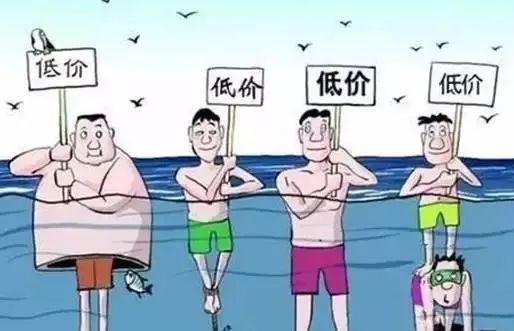
Dealers face the immediate dilemma of inventory pressure and strained capital chains. The CADCC specifically urged Original Equipment Manufacturers (OEMs) to "adhere to sales-based production, reasonably set annual production targets for enterprises and sales targets for dealers, and refrain from transferring inventory to dealers or compelling them to purchase vehicles."
While price reductions and promotions are a normal market mechanism, this round of automotive price wars has reached a perilous threshold. The People's Daily sharply commented on June 1 that the automotive industry's profit margin in 2024 was a mere 4.3%, lower than the entire downstream industrial sector's margin; this figure further dipped to 3.9% in the first quarter of this year.
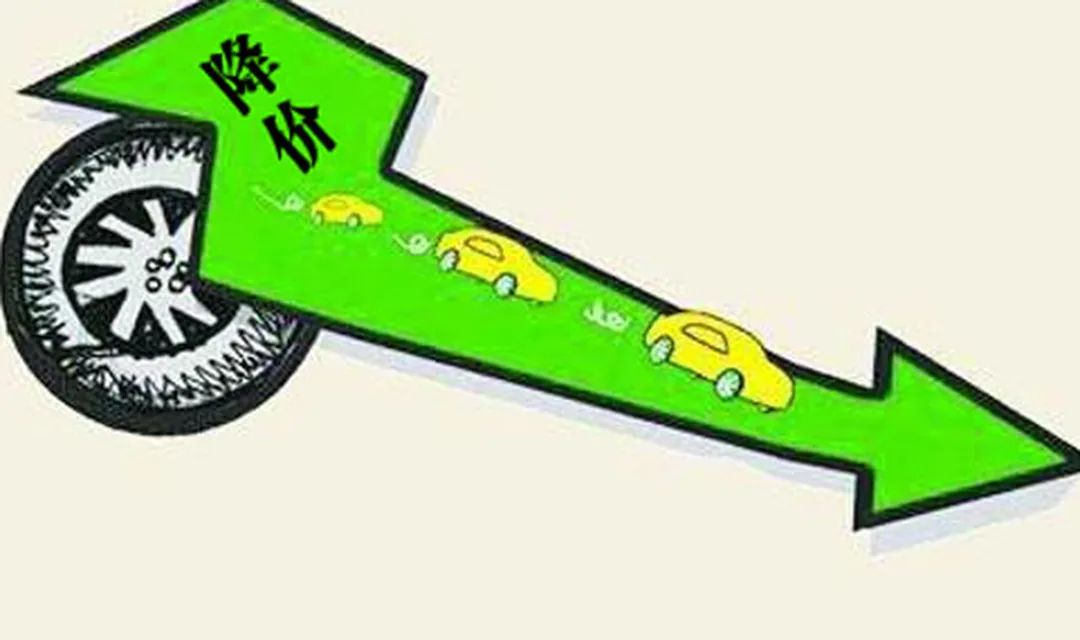
On one hand, there are record sales volumes and a solid reputation; on the other, there's a "making more but losing more" dilemma and "increasing revenue without increasing profits." This divergence signals an overall industry downturn that cannot persist. A deeper crisis lies in predatory pricing eroding R&D investments and quality control standards. CAAM warned in its initiative that product after-sales service guarantees and corporate innovation require continuous investments, and "price wars" severely impact enterprises' normal operations, jeopardize industrial and supply chain safety, and plunge industrial development into a vicious cycle.
Historical Lessons as a Cautionary Tale
The People's Daily recalled the painful experience of domestically produced motorcycles in the Southeast Asian market in the late 1990s: initially thriving due to quality and low prices, the escalating price war led to a decline in product strength, ultimately resulting in market share loss and a sharp decline in the "Made in China" reputation.
Regulatory Heavy-Handedness and Rectification Directions
Despite verbally opposing "involutionary" competition, some automakers continue to engage in "price wars"! Faced with industry chaos, the regulatory stance has been unprecedentedly clear. MIIT officials stated that disorderly "price wars" between enterprises are a typical manifestation of "involutionary" competition, detrimental to sustained R&D investments, affecting product quality, performance, and service levels, and posing safety hazards and consumer rights infringements.
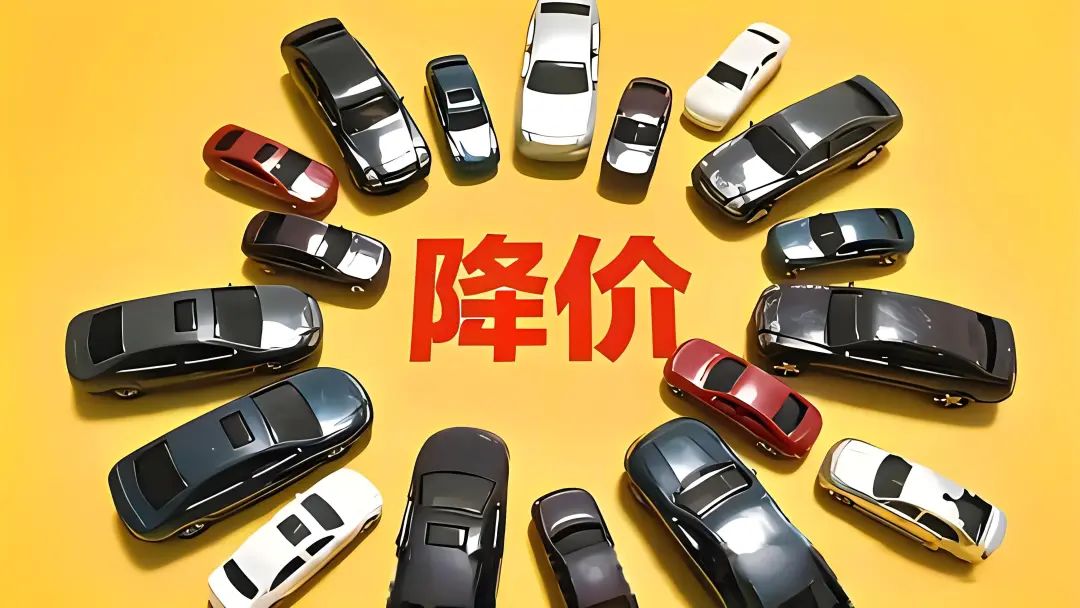
Rectification measures are imminent. MIIT announced three actions: intensifying efforts to rectify "involutionary" competition, promoting industrial structure optimization and adjustment, strengthening product consistency spot checks, and collaborating with relevant departments to enforce anti-unfair competition laws.
From a channel health perspective, the CADCC proposed five specific initiatives: resisting involutionary competition, focusing on brand image, improving dealer survival conditions, optimizing business policies, and enhancing withdrawal mechanisms.
Particularly noteworthy is the clause regarding dealer network withdrawal, with the CADCC clearly stipulating that "dealers must not be coerced to withdraw from the network or close stores under the guise of optimizing network channels, and appropriate compensation should be provided to dealers who need to withdraw or close." This directly addresses long-standing industry channel conflicts.
A New Battleground for Value Competition
As price wars encounter policy brakes, automakers are exploring new dimensions of competition. The All-China Federation of Industry and Commerce's "focusing on brand image" initiative aligns with some automakers' strategic transformations.
Amidst the anti-price war sentiment, the new energy vehicle industry's development direction is crystallizing. CAAM emphasized in its initiative that new energy vehicles, as representatives of new productive forces, are leading the automotive industry's accelerated transformation and upgrading, making it crucial to uphold the industry's healthy development.

Post-price wars, automakers' competitiveness will manifest in three dimensions: technological innovation capability, industrial chain health, and brand value shaping. Improvements in the dealer segment are equally vital. The CADCC specifically urged OEMs to "reasonably set assessment indicators, use fines cautiously, and refrain from coercing dealers to complete indicator tasks as an assessment means," which is crucial for the stability and service quality of the entire sales network.
With relevant departments instructing state-owned automakers to abstain from price wars and industry organizations jointly resisting them, China's automotive industry is transitioning to a new era of value competition. Only by ending the unhealthy "price wars" can China's new energy vehicles truly showcase their competitiveness.








